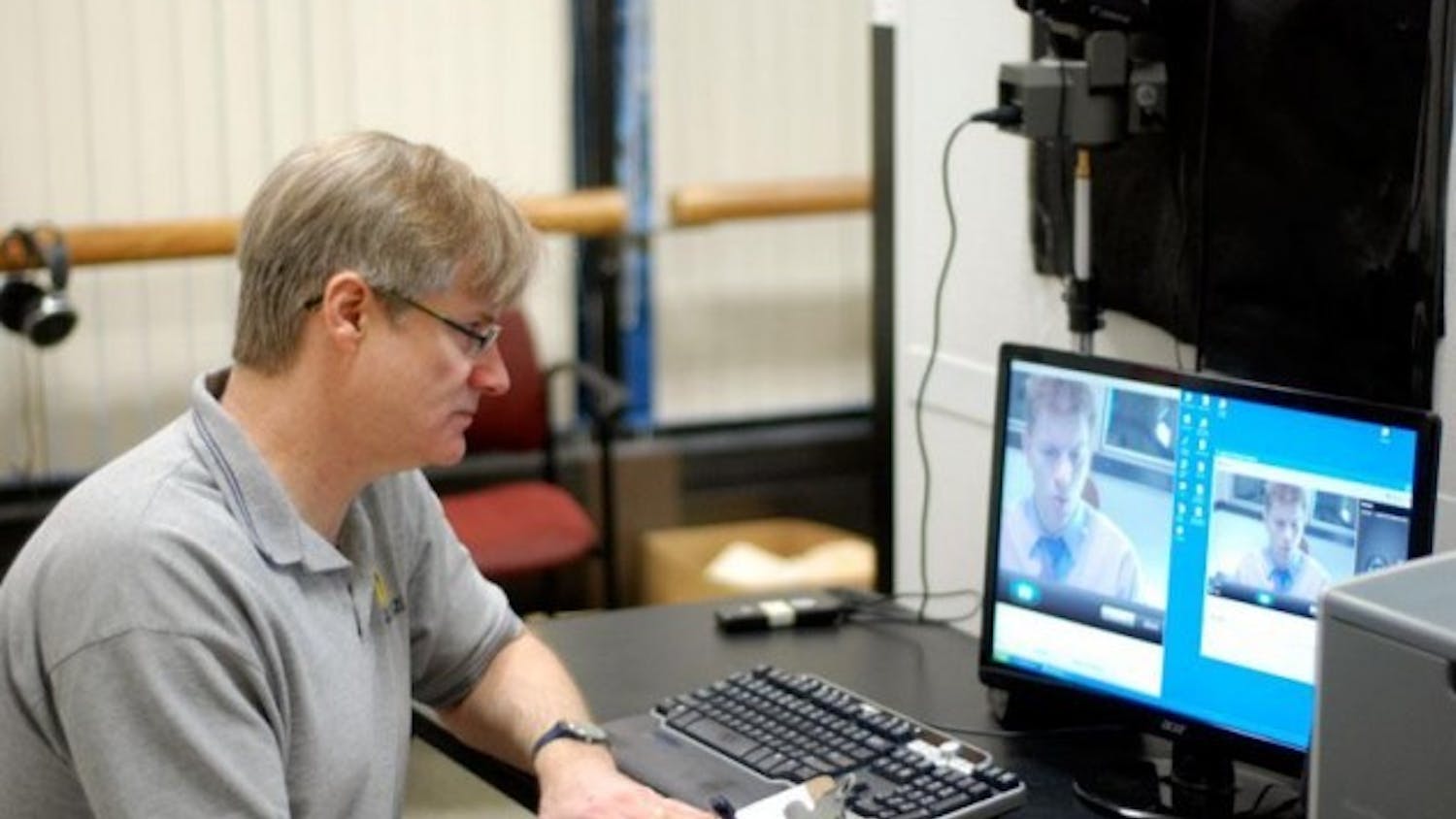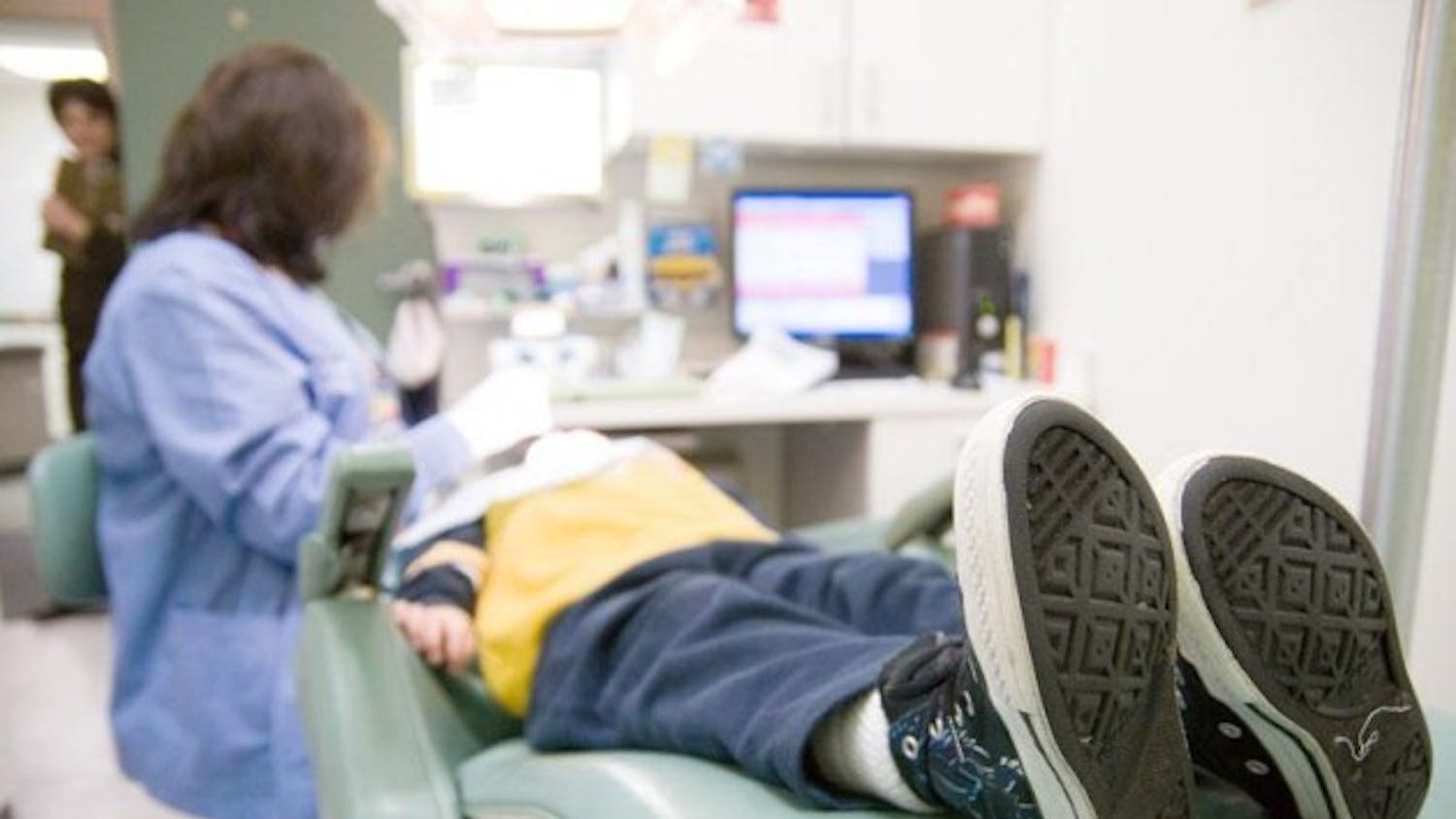UB is known as a research institution, but many students aren't aware of what professors are doing outside their classrooms. The Huffington Post used UB as an example of advances in scientific research, coinciding with innovative research and medical discoveries that have come out of UB in 2012.
Bacterial resistance eliminator
Use: A protein complex that, when combined with antibiotic treatments, can be more powerful than the two individual treatments alone
Researchers:Dr. Anders Hakansson, an assistant professor of microbiology and immunology, and Laura R. Marks and Hazeline Hakansson from the department of microbiology and immunology
HAMLET is a protein complex found in human breast milk that effectively kills pneumococci and other respiratory tract pathogens. Although he was initially interested in respiratory tract infections, Hakansson began his research studying the protein's process for destroying tumor cells. In doing so, he found a component of the cell that links tumor cells with bacterial cells. Using this link, he introduced HAMLET to Streptococcus pneumoniae, commonly known as pneumonia - one of the largest causes of pediatric and geriatric death and disease from respiratory tract infections.
The bacteria live in the human nasal and pharyngeal cavities, causing infections such as pneumonia, meningitis and sepsis by spreading to previously uninfected sites. HAMLET uses a mechanism not found in other drugs and can specifically destroy the pneumonia bacteria. Although it will not destroy other strains of the streptococcus bacteria entirely, Hakansson found it does have some effect that is seen in destruction of the S. pneumococcus.
"There's a missing link in the pathway that lets the bacteria survive," Hakansson said.
The lab began to treat other bacteria, such as methicillin-resistant Staphylococcus aurea (MRSA), Vancomyacin-resistant enterococcus and E. coli with a combination of HAMLET and commonly used antibiotics. These bacteria are usually treated with highly toxic antibiotics and lengthy hospital stays. MRSA and VRE infections can also result in surgery or loss of a limb. In the presence of Hakansson's protein, however, these powerful and highly contagious infections lose their hyper-resistance.
"You can use treatments that are currently on the market, that are not very toxic, that are very good, and that have been working for years until this resistance pattern appeared," Hakannson explained. "We have a drug that will potentially not allow for resistance, which usually occurs."
The biggest issue that HAMLET tackles is resistance. While most antibiotics fall short and allow for resistance to develop, the protein weakens the cell to allow for gentle pharmaceutical treatments and a swift recovery. If such success is found in clinical trials, HAMLET may indefinitely remove bacterial resistance as a stumbling block in clinical treatments.
Biofilm eradicator
Use:A mechanism through which metal implants can be used as electrodes to tackle chronic, long-term infections associated with joint replacements and other limb modifications
Researchers:Mark Ehrensberger, an assistant professor of biomedical engineering; Anthony A. Campagnari, a professor of microbiology and immunology; Esther Takeuchi, a professor of chemical and biological engineering; Nicole Luke-Marshall, a research assistant professor of microbiology and immunology
UB engineers and medical researchers have partnered to develop an electrochemical technique for eradicating biofilm infections on metallic or plastic orthopedic implants.
Biofilms are layers of biologically inactive microorganisms, and they're not susceptible to antibiotics. Biofilms congregate on the surface of metal implants and form thick, impenetrable layers - often with many types of bacteria - which makes treatment extremely difficult without removing the implant.
"Infections that occur in patients with implants are very severe and they're usually chronic, long-term style infections," Campagnari said. "The problem we're trying to address is that once an implant gets an infection, that's very challenging to treat."
Orthopedic surgeons usually have to try debridement - removing the bacterial cause of the infection at the site on a macroscopic level - to combat the infection. The organisms are too small for the eye to see, and it's nearly impossible to clear an infection entirely through surgery, which makes debridement a rather inefficient treatment.
When surgery and potent antibiotics fail, the only option left is to remove the implant. The injured site is filled with antibiotic spacers or beads and is left structurally non-functional, rendering the limb useless.
"We're trying to circumvent that by saying if you have an infected implant in place, you could apply this stimulation to the implant while it is still maintaining the structural integrity of that bone and eradicate that infection without removing the implant," Ehrensberger said.
Ehrensberger's mechanism provides stimulation that interferes with electrochemical modulation of the implant's surface and area of the body at a cellular level. It disrupts the structure of the film so it's broken up and absorbed into the body in pieces, making it far easier for the immune system to attack and destroy them.
Used in conjunction with antibiotics, this process has shown to be effective in vitro with many types of gram-positive and negative bacteria. Ehrensberger will soon begin work in animal models with financial help from the recently obtained Bruce Holm Memorial Catalyst Fund.
Self-seeding blood vessels
Use: A technique that uses the body's natural immunological response to injury to make modified blood vessel segments regenerate new vessels when grafted
Researchers: Daniel D. Swartz, an assistant professor of chemical and biological engineering; Stelios T. Andreadis, a professor of chemical and biological engineering, Maxwell Koobatian, a biophysical sciences graduate student; and Maoshih Liang, a chemical and biological engineering graduate student
Patients with vascular disease often receive treatments requiring a replacement of blood vessels using grafting from other areas of the body. Vascular disease can be widespread throughout the body, leaving few healthy vessels available for grafting. If a healthy vessel can even be found, failure rate is high and the patient will likely suffer quite a bit of pain at the site from which the vessel was extracted.
Swartz is using a tissue-engineered blood vessel (TEBV) he developed in combination with immune responses that aid in rebuilding damaged tissue to join grafted cells with the body's original vessel tissue. This TEBV has three layers, all generated from cells that naturally occur in the body - some coming from other areas in the body so entire vessels themselves do not need to be grafted. As a result, immunological rejection will not be an issue, as the body does not attack its own tissue under normal conditions.
Swartz has had previous success in using bone-marrow stem cells as predecessors to vascular tissue and is working on an in vitro model system that studies the relationship between bodily fluid flow limitations and repair of blood vessels.
The TEBV functions to adjust the vessels during development by adding growth factors and changing the way in which fluids will flow through the vessel, allowing for a quicker and more successful regeneration of the vessels. Swartz is currently performing his research in conjunction with the National Institute of Neurological Disorder and Stroke and the National Institutes of Health to study disease response in vessels by looking at different vascular beds found throughout various parts of the vascular system. Swartz is comparing the results of the trials of animal models to in vitro trials.
Email: news@ubspectrum.com





